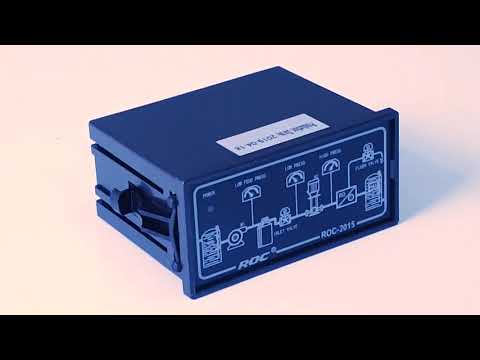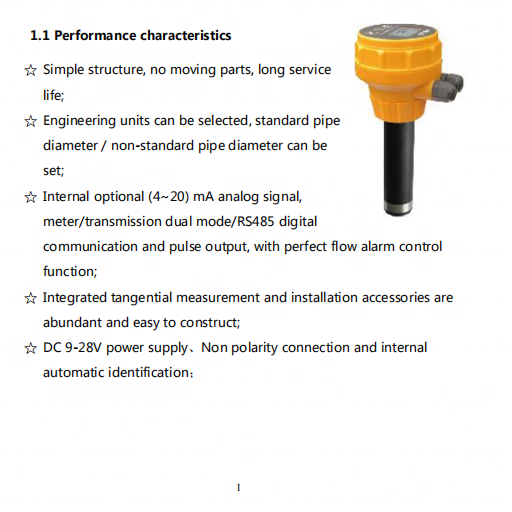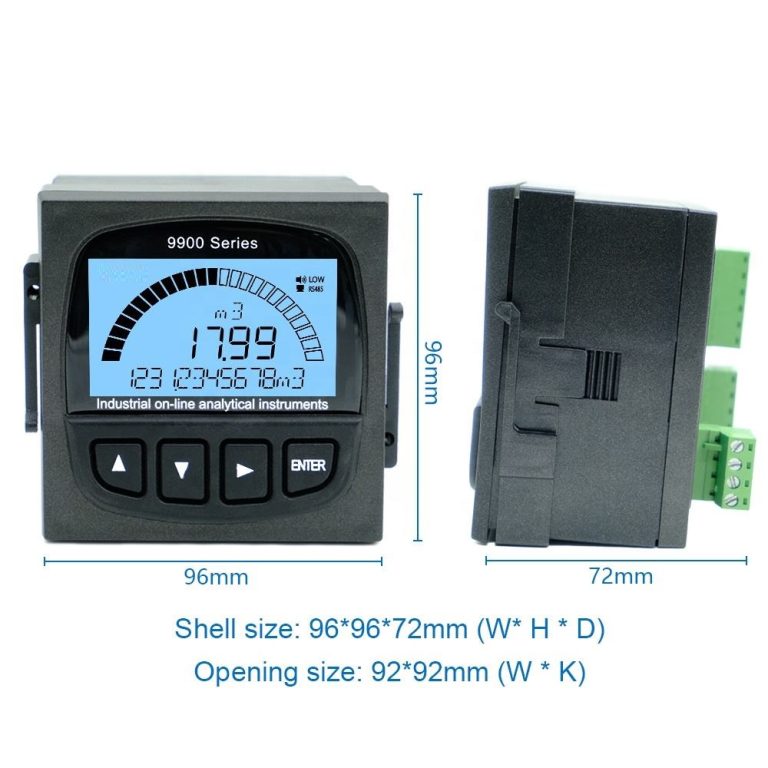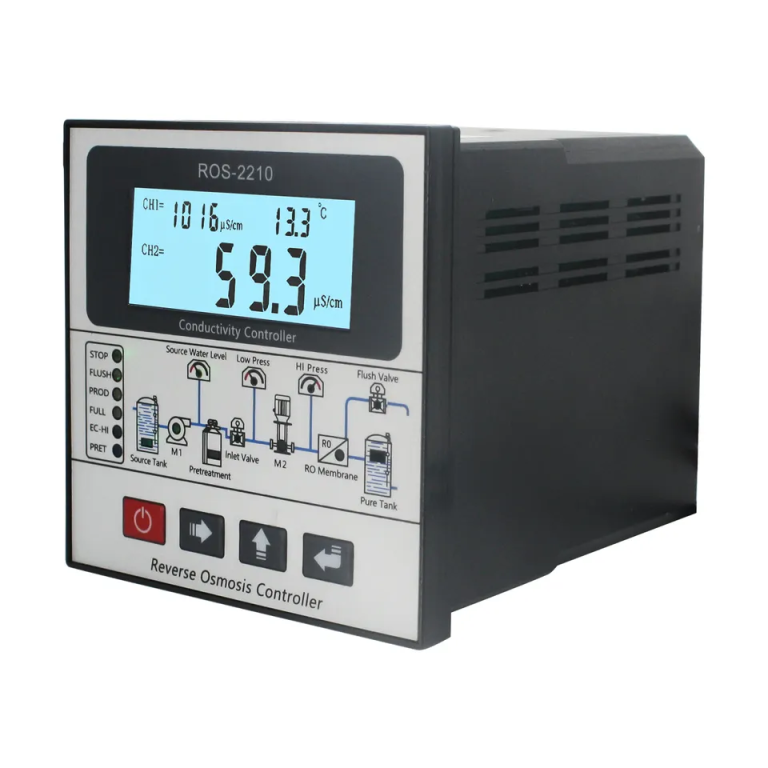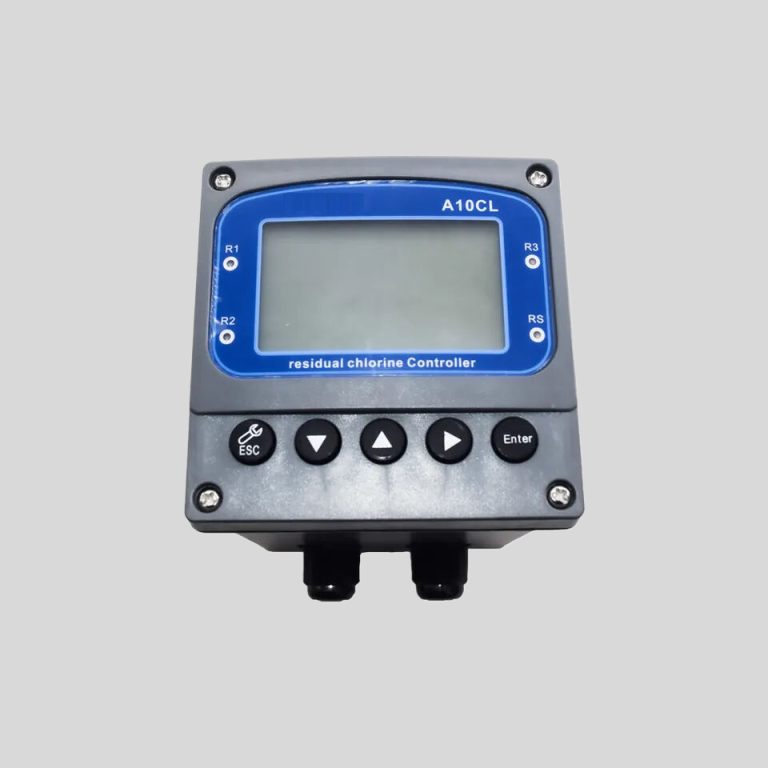The Importance of Using a TDS Meter for Water Quality Testing
Water quality is a critical aspect of our daily lives, as it directly impacts our health and well-being. One of the key tools used to assess water quality is a Total Dissolved Solids (TDS) meter. These meters measure the concentration of dissolved solids in water, providing valuable information about its purity and safety for consumption. In this article, we will explore the importance of using a TDS meter for water quality testing and how it can help ensure the safety of our drinking water.
One of the main benefits of using a TDS meter is its simplicity and ease of use. These meters are portable, affordable, and easy to operate, making them accessible to a wide range of users. Whether you are a homeowner, a water treatment professional, or a researcher, a TDS meter can provide valuable insights into the quality of your water supply. By regularly testing the TDS levels in your water, you can ensure that it meets the necessary standards for safe consumption.
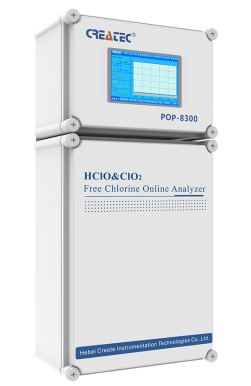
In addition to monitoring drinking water quality, TDS meters are also used in various industries such as agriculture, aquaculture, and manufacturing. In agriculture, TDS meters are used to monitor the quality of irrigation water, ensuring that crops receive the necessary nutrients without being exposed to harmful contaminants. In aquaculture, TDS meters are used to maintain optimal water conditions for fish and other aquatic organisms, preventing health issues and promoting growth. In manufacturing, TDS meters are used to monitor the quality of process water, ensuring that products meet the required standards for purity and safety.
| Model | pH/ORP-5500 pH/ORP Online Meter |
| Range | pH:0.00~14.00 ; ORP: (-2000~+2000)mV; Temp.:(0.0~99.9)°C (Temp.Compensation: NTC10K) |
| Resolution | pH:0.01 ; ORP: 1mV; Temp.:0.1°C |
| Accuracy | pH:+/-0.1 ; ORP: +/-5mV(electronic unit); Temp.: +/-0.5°C |
| Temp. compensation | Range: (0~120)°C; element: Pt1000 |
| Buffer Solution | pH value 9.18; 6.86; 4.01; 10.00; 7.00; 4.00 |
| Medium Temp. | (0~50)°C (with 25°C as standard) manual/automatic temp. compensation for selection |
| Analog output | Isolated (4~20)mA, Instrument/Transmitter for selection |
| Control Output | Double relay output (ON/OFF); AC 240V/3A |
| Working Environment | Temp.(0~50)℃; relative humidity <95%RH (non-condensing) |
| Storage Environment | Temp.(-20~60)℃;Relative Humidity ≤85%RH (none condensation) |
| Power Supply | DC 24V; AC 110V; AC220V |
| Power consumption | <3W |
| Protection level | IP65 (with back cover) |
| Dimension | 96mmx96mmx105mm(HxWxD) |
| Hole Size | 91mmx91mm(HxW) |
| Measuring Method | N,N-Diethyl-1,4-phenylenediamine (DPD) spectrophotometry | |||
| Model | CLA-7122 | CLA-7222 | CLA-7123 | CLA-7223 |
| Inlet water channel | Single channel | Dual channel | Single channel | Dual channel |
| Measurement range | Total Chlorine : (0.0 ~ 2.0)mg/L ,calculated as Cl2 ; | Total Chlorine : (0.5 ~10.0)mg/L ,calculated as Cl2 ; | ||
| pH:(0-14);temperature:(0-100)℃ | ||||
| Accuracy | Free chlorine: ±10% or 0.05mg/L (whichever is greater), calculated as Cl2; Total chlorine: ±10% or 0.05mg/L (whichever is greater), calculated as Cl2 | Free chlorine: ±10% or 0.25mg/L (whichever is greater), calculated as Cl2; Total chlorine: ±10% or 0.25mg/L (whichever is greater), calculated as Cl2 | ||
| pH:±0.1pH;Temp.:±0.5℃ | ||||
| Measurement cycle | Free Chlorine≤2.5min | |||
| Sampling interval | The interval (1~999) min can be set to any value | |||
| Maintenance cycle | Recommended once a month (see maintenance chapter) | |||
| Environmental | Ventilated and dry room without strong vibration; Suggested room temperature: (15 ~ 28)℃; relative humidity: ≤85% (no condensation). | |||
| requirements | ||||
| Sample water flow | (200-400) mL/min | |||
| inlet water pressure | (0.1-0.3) bar | |||
| Inlet water temperature range | (0-40)℃ | |||
| Power supply | AC (100-240)V; 50/60Hz | |||
| Consumption | 120W | |||
| Power connection | 3-core power cord with plug is connected to the mains socket with ground wire | |||
| Data output | RS232/RS485/(4~20)mA | |||
| Dimension size | H*W*D:(800*400*200)mm | |||
When using a TDS meter, it is important to understand how to interpret the results accurately. TDS levels are typically measured in parts per million (ppm) or milligrams per liter (mg/L), with higher levels indicating a higher concentration of dissolved solids in water. While some dissolved solids are harmless, others can be harmful if consumed in large quantities. It is essential to compare the TDS levels in your water to the recommended guidelines set by regulatory agencies such as the Environmental Protection Agency (EPA) to determine if any action is needed.
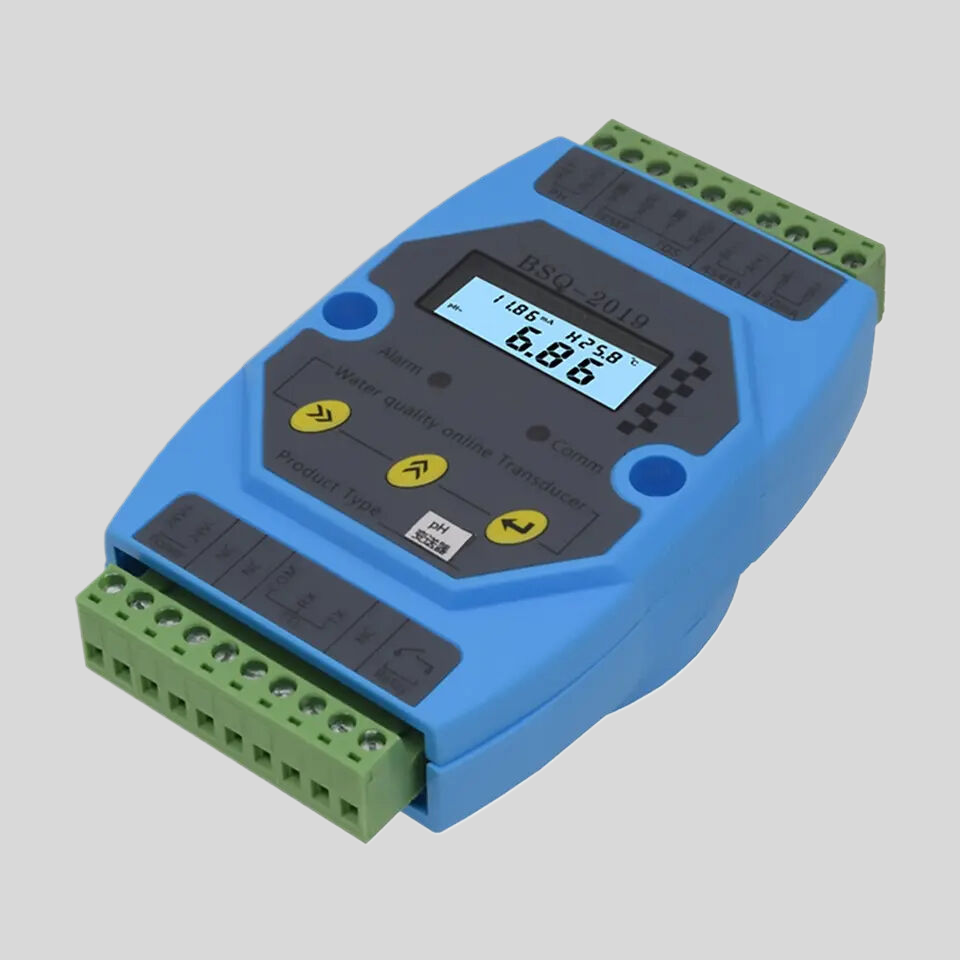
In conclusion, the importance of using a TDS meter for water quality testing cannot be overstated. These meters provide valuable information about the purity and safety of our drinking water, helping us identify potential issues and take appropriate measures to address them. Whether you are a homeowner, a water treatment professional, or a researcher, a TDS meter is a valuable tool for ensuring the quality of your water supply. By regularly testing the TDS levels in your water, you can protect your health and the health of your loved ones.

